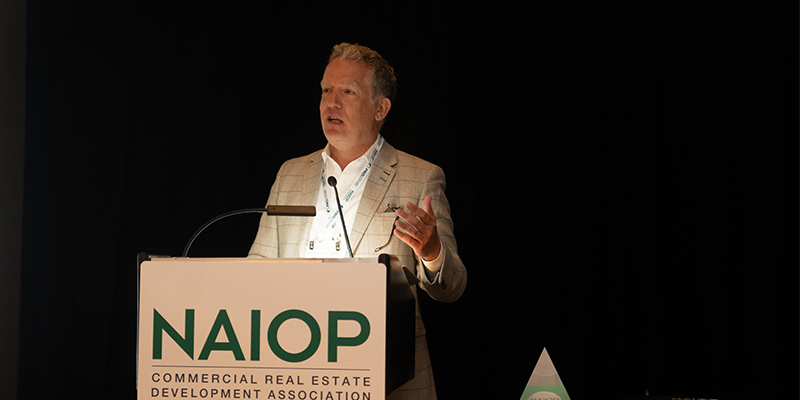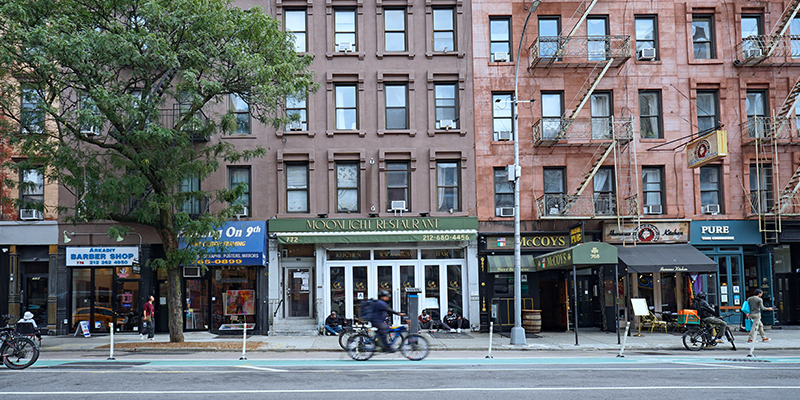Just a little over two years ago, remote and hybrid work models were viewed as anomalies, but now, these trends appear to be here to stay. According to office security experts Kastle Systems, despite concerted health policy efforts to limit the spread of COVID-19, office attendance has been averaging just over 40% lately. In fact, according to Pew Research, 60% of office workers would like to work entirely from home or in a hybrid arrangement that only requires occasional visits to the office.
Employers Are Reluctant to Make Changes Based on Today’s Conditions
As employees have made their choices plain, most businesses are hesitant to enforce mandatory return given the historical labor scarcity the U.S. is currently experiencing. Historically high fuel prices and the greatest inflation rates in 40 years have made it more difficult for businesses to entice workers back into the office. As a result, if they want to persuade workers to spend more time there, they must offer them real value.
Top Markets for Listing Rate Growth
The average full-service equivalent listing rate in the top 50 U.S. office markets was $37.56 in May, up $0.19 from the previous month but down 2.1% from the previous year.
For the third consecutive month, Charlotte, North Carolina, led the market in price increases. Charlotte followed up the 12.2% year-over-year rate hike recorded in April with a 14.3% year-over-year increase in May. Its average full-service equivalent listing rate increased to $33.08 per square foot as a result.
Although the average listing rate for Miami’s office decreased by $0.68 from month to month, it experienced one of the nation’s largest increases from year to year. The cost of office space in Miami increased to $47.08 per square foot, an 8.8% increase over May 2021 levels.
Similar to CommercialEdge’s April snapshot, the major office markets in the West Coast hubs of San Francisco and Portland, Oregon, once again experienced some of the biggest listing rate declines. Particularly, office rates in San Francisco ($62.57 per square foot) decreased 9.3% year over year, while those in Portland ($27.61 per square foot) decreased 7.5%.
Vacancy Rates Drop in Sunbelt and Life Sciences Markets
The national vacancy rate decreased by 30 basis points from April’s 15.7% rate, but stayed unchanged year-over-year at 15.4%. While some of the biggest office markets continued to struggle with high tens or even higher vacancy rates – 20% in Atlanta – others experienced some relief from the pressure of large vacancies.
In general, markets with noticeable tenant absorption rates could be divided into Sunbelt cities with dynamic inbound migration like Phoenix (-310 basis points year-over-year) and Miami (-280 basis points year-over-year), and those with significant life sciences footprints like Boston and the San Francisco Bay Area, where vacancies dropped 210 basis points year-over-year.
Office Sales in Two Markets Exceed $2 Billion in May
Office sales may pick up soon as investors strive to lock in the more favorable present rates as the Federal Reserve considers hikes in interest rates. Year-to-date office sales stood at $35.3 billion as of the end of May, of which $8.6 billion were recorded in May alone.
In fact, the number of cities with more than $1 billion in office sales increased from 10 in April to 14 in May, thanks to heightened sales activity. In addition, two markets actually recorded sales volumes of more than $2 billion. Seattle’s office sales came in first with a total of $2.17 billion and Manhattan was second with $2.146 billion.
Developer Interest in Nashville Prompts Significant Office Construction
In May, more than 4 million square feet of new office space had begun development nationwide, bringing the total to 151.2 million square feet. Of the total space in the national pipeline, 20% or 29.9 million square feet, was being built in CBDs.
Although there has been a noticeable decline in the need for new office space, some areas, particularly those in the Sunbelt (where inflow migration has been significant), have continued to attract developer interest.
The most significant is the Nashville, Tennessee, office market ($30.63 per square foot), which has 8.8% of its current stock, or 5.1 million square feet, of office space under construction. Pre-pandemic development represented only a small portion of Nashville’s pipeline; in fact, 3.3 million square feet of new office broke ground since the start of 2021.
The downtown area of Nashville is where office development is most active, totaling 3.4 million square feet of the city’s office pipeline. Following closely behind the downtown submarket, significant building is also taking place in the Nashville Yards business park and entertainment area. This has been boosted by Amazon’s two-tower office project, which will complete its final phase later this year.
For more information, read the latest CommercialEdge office report.








